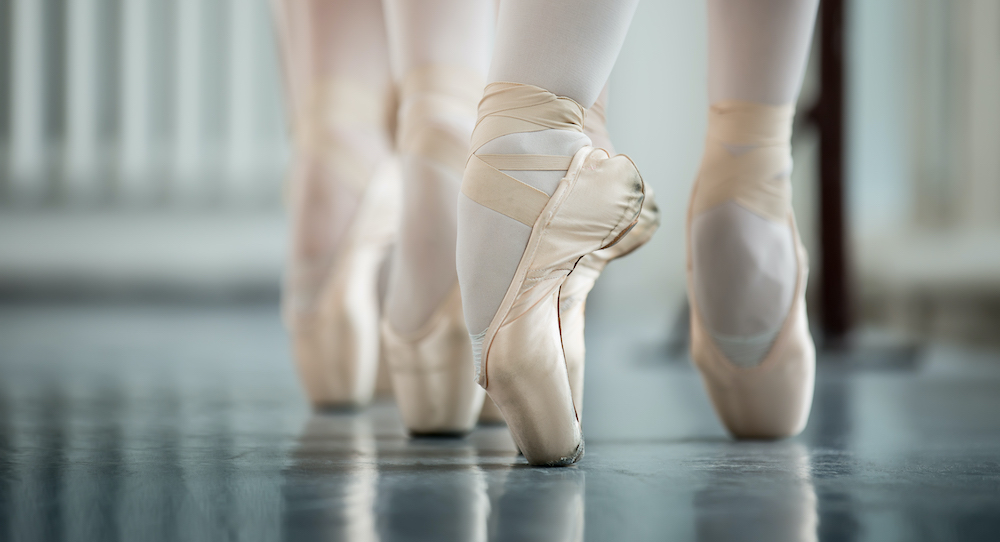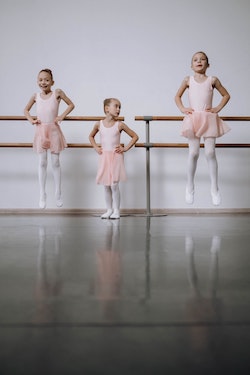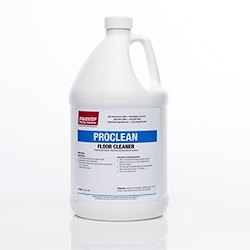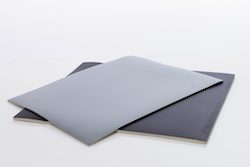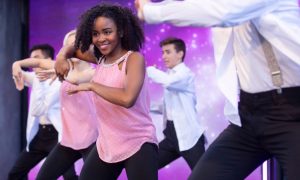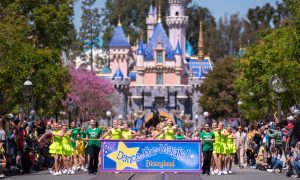When you want to excite dancers, mention that a studio has Marley flooring with a floating subfloor and they know they are in a safe and professional environment. Marley is a specialty vinyl floor that has been constructed to make dancing safer and easier on which to perform. There are different types of Marley designed for a variety of uses.
What is Marley flooring?
Most dancers and studio owners have heard of Marley or danced on it. Once, Marley was a brand of vinyl dance flooring. While the original business has come and gone, the name Marley lives on because the floors were created specifically for the dance world. Now, regardless of the brand, all vinyl roll-out dance floors are called Marley.
Why is Marley so popular? The material is less slippery than wooden floors and is easy to maintain. Futhermore, Marley is durable and comes in many colors, thickness and density that provides options for different dance styles. Some brands have developed cushioned Marley to soften impact and is economical, such as Stagestep’s Quietstep flooring.
What is the difference between Marley and vinyl flooring?
Some people believe Marley and vinyl flooring are different; that is correct. Once the Marley dance floor company vanished, the name lingered within dance communities. So, even though Marley the brand doesn’t exist, the flooring that they made is still manufactured by others and is generally called Marley. Now, there are many variations on the original “Marley Stageflor.”
There are residential and commercial vinyl floors that are not suitable for dance due to the wear characteristics, surface texture and finish. Confirm you are using dance vinyl for your studio; otherwise, you may be disappointed.
Basically, Marley floors are vinyl floors that have been constructed with the perfect amount of slide and grip for dancing.
Marley flooring
Roll-out Marley dance floors are extremely popular because they are economical and are easy to install.
Some Marley floors offer:
- Incredible grip and slip resistance. If you have students or professional dancers who are looking to perform on pointe, Marley is the safest option. Super Timestep is Stagestep’s super non-slip Marley.
- Easy DIY installation. Most roll-out Marley options can be installed quickly. Simply roll out the floor over a floating subfloor, tape it into place, and you have a dance space. There are five different ways to install a Marley floor depending on how long the floor is to be used in that space. View Stagestep’s install guide at www.stagestep.com for options.
- Customization. Marley comes in a variety of options to suit various forms of dance. Consider how the floor is going to be used prior to purchase.
- Easy maintenance. Marley doesn’t need much to look great. Dry mop the floor daily and mop with a detergent degreaser such as ProClean cleaning solution. View Stagestep’s maintenance guide at www.stagestep.com for instructions.
How to choose the right Marley dance floor
Marley dance flooring can be used in many applications, not just dance. Yoga studios, theaters, wellness centers, churches, ballrooms and martial arts studios can use Marley as their surface choice. It is best to consult with a flooring expert who is well versed in specialty flooring. Some things to consider when choosing the right dance floor include:
#1. Styles of dance performed
A studio or school that features ballet needs a soft and slip-resistant surface as opposed to a hard, more slippery one. Modern and contemporary dancers will also enjoy the same softer vinyl surface.
On the other hand, hip hop, jazz, tap and ballroom dancers prefer a harder surface that gives them more speed and sound in the case of all percussive dance.
#2. Venue needs
Marley flooring comes in various weights, lengths and sizes. Some vinyl flooring are made to be lightweight and portable, making them ideal for touring.
Medium and thicker Marley flooring are more heavy duty and are usually installed in a studio for a long period of time. This type of Marley is also an option for black box theaters.
#3. Facility type and space
Ideally, you want to lay Marley over a wood sprung subfloor for the best possible safety and performance.
Some Marley flooring options exist that come with a foam backing. You can use this cushioned Marley to provide shock absorption and a safe environment even without a floating subfloor. See Dancestep Plus at www.stagestep.com.
Get Marley in your studio
There is no denying that dancers love Marley flooring. The safer surface has enough glide for pirouettes and slides, grip for jumps, and softness for floorwork. If you are running a dance studio where multiple genres of dance are being taught, Marley is the ideal flooring option.
Stagestep has been supplying dance studios and venues with Marley flooring for more than 50 years. Our 13 Marley flooring options were designed with dancers in mind and are constructed with long-lasting, high quality materials. Want more information on Stagestep floors? Fill out a contact form, and Stagestep will help you get the flooring just right for all of your needs.
For more information on Stagestep and its flooring options and products, visit www.stagestep.com.
By Randy Swartz of Stagestep.


